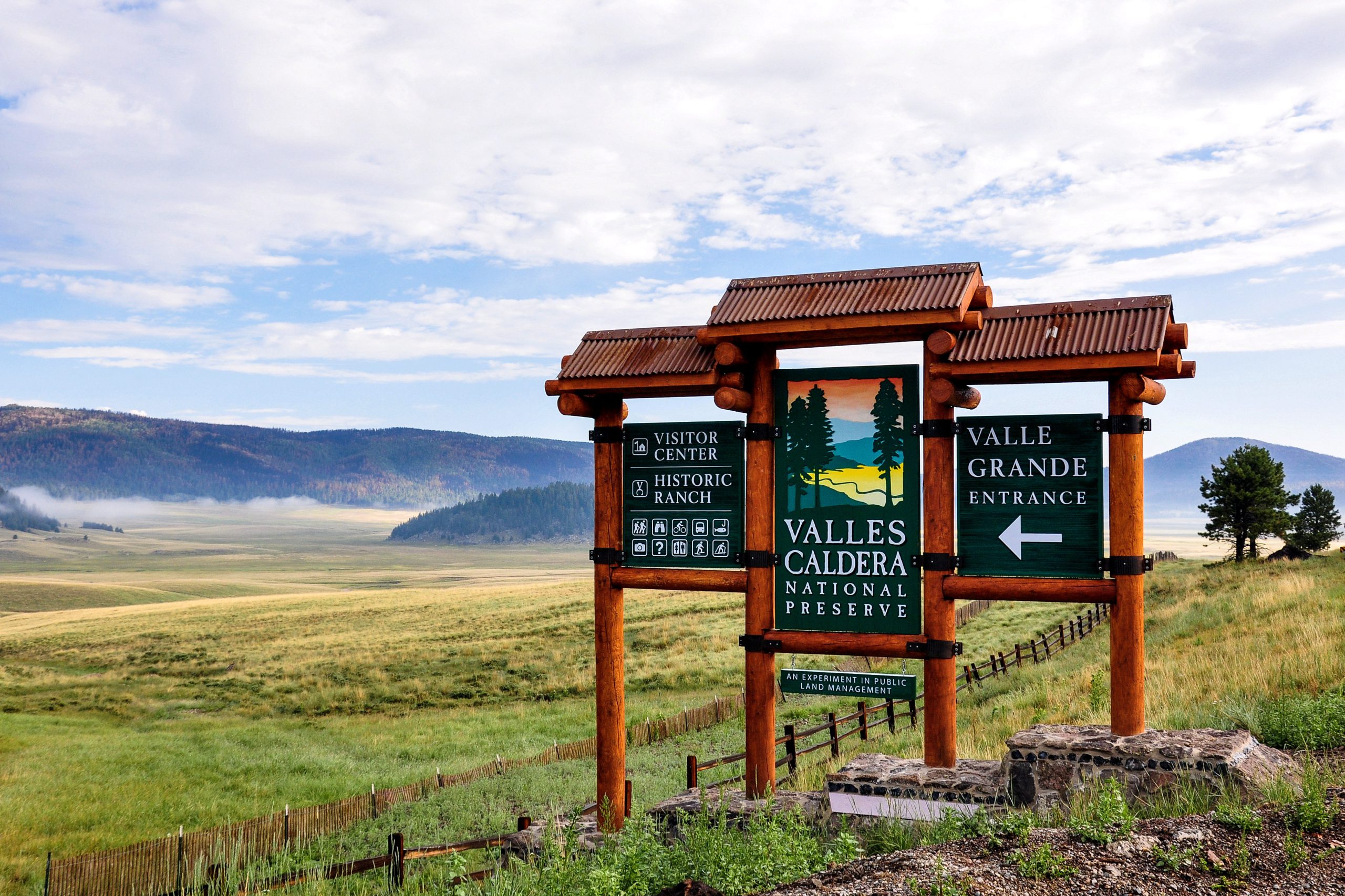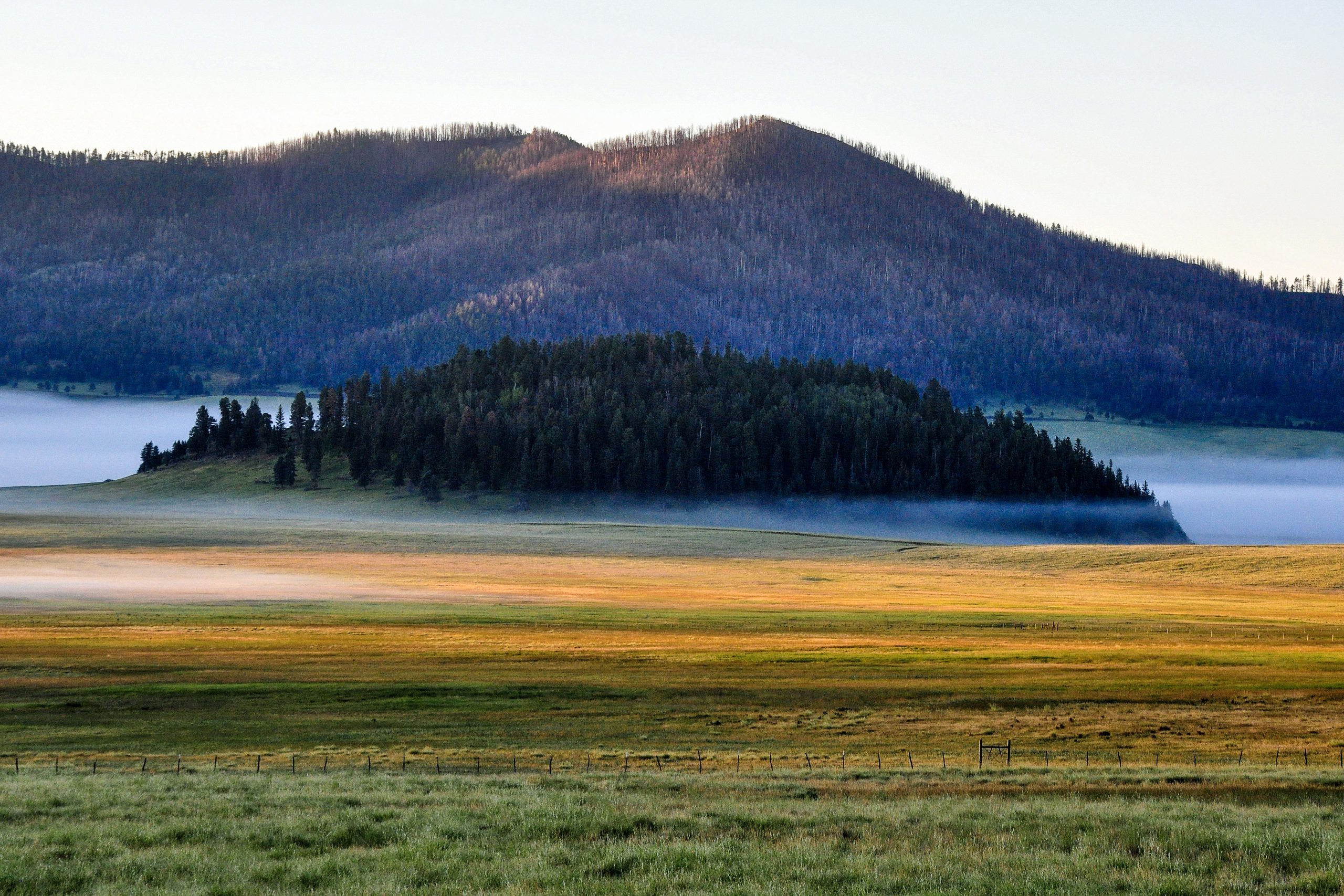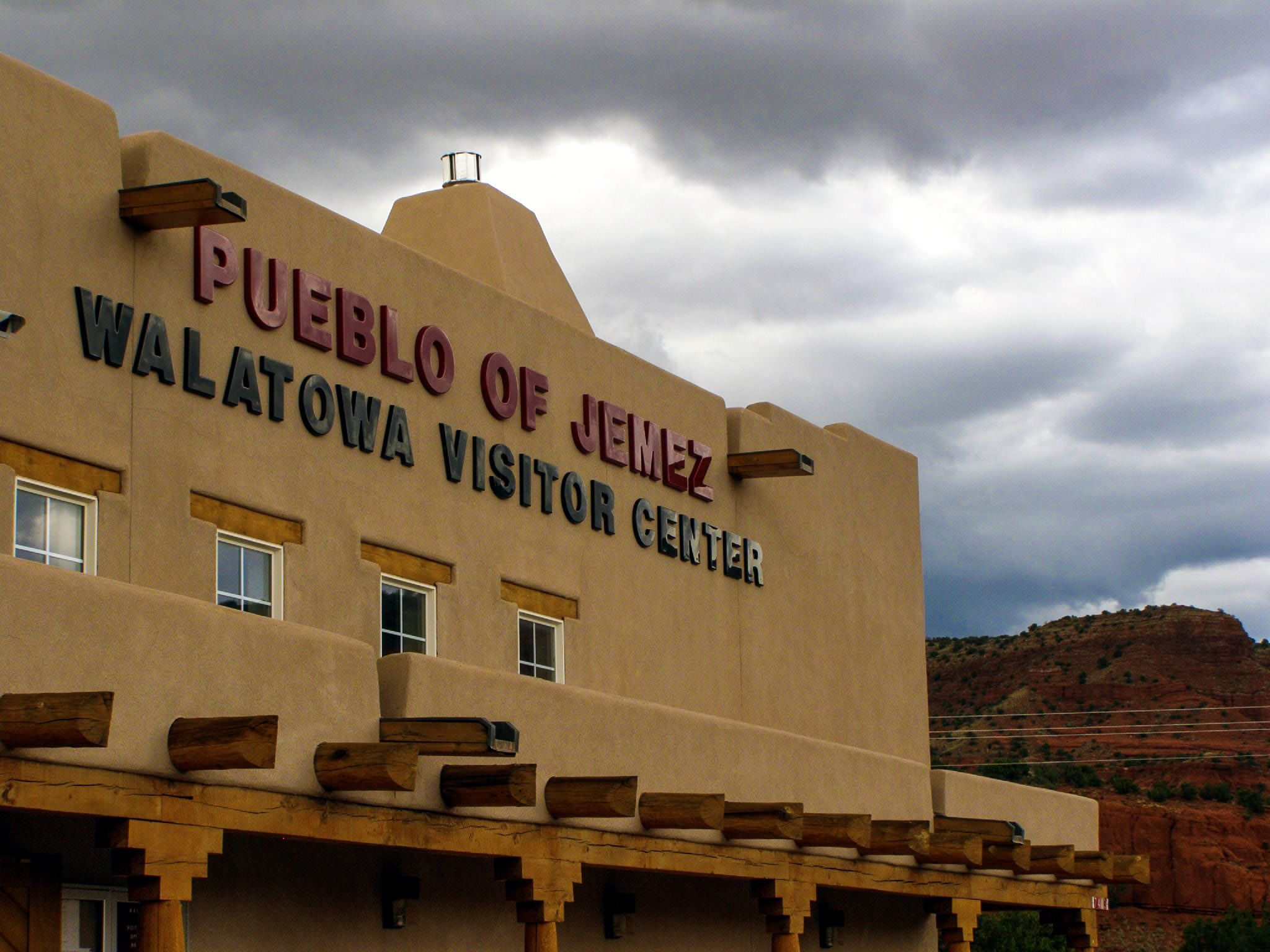Indianz.Com > News > Cheyenne and Arapaho Tribal Tribune: Tribal lawyer plays big role in land claim case

Reclaiming Tribal Lands: Tribal Attorney Assists with Pueblo of Jemez v. United States
Tuesday, July 12, 2022
Cheyenne and Arapaho Tribal Tribune
Newly enrolled Cheyenne and Arapaho citizen Christina West, an attorney and partner with the Barnhouse and Keegan Solimon and West Indian Law firm, has dedicated much of her life to working with tribes across the country.
Based out of Albuquerque, New Mexico, West’s law firm has been dedicated to serving Native people, tribes and businesses through the United States addressing various Indian law issues. Since joining the law firm of Barnhouse and Keegan Solimon and West in 2016, West has been actively representing and been involved in the case of the Pueblo of Jemez v. United States.
The case involving the Pueblo of Jemez, plaintiff, v. United States of America, defendant, and New Mexico Gas Company, defendant in intervention, is seeking to recover title of traditional lands, a first ever effort made by a tribe to recover land that has made it to trial. The case of Pueblo of Jemez v. United States is on appeal to the Tenth Circuit Court of Appeals for the second time, with the first appeal to the Tenth Circuit resulting in the decision reported at 790 F.3d 1143 (10th Cir. 2015).
The Pueblo, a federally recognized tribe located 50 miles northwest of Albuquerque, New Mexico, first filed suit in 2012 in federal district court under the Quiet Title Act (QTA) to seek quiet title to some 95,000 acres, subject to a Spanish land grant referred to as the Baca Location No. 1 that is located within the lands of the Valles Caldera National Preserve in New Mexico. The government filed a motion to dismiss for lack of jurisdiction, concluding the Jemez Pueblo’s claim accrued prior to 1946 and was therefore barred by the Indian Claims Commission’s (ICC) five-year statute of limitations.


The Cheyenne and Arapaho Tribal Tribune can be reached at:
1600 E. Hwy 66 / Suite 8
El Reno, OK
Mailing Address:
P.O. Box 38
Concho, OK 73022 Editor in Chief Rosemary Stephens can be reached at rmstephens@cheyenneandarapaho-nsn.gov
Copyright permission Cheyenne and Arapaho Tribal Tribune
Search
Filed Under
Tags
More Headlines
Press Release: National Museum of the American Indian hosts Native art market
AUDIO: Sea Lion Predation in the Pacific Northwest
Native America Calling: Tribal colleges see an uncertain federal funding road ahead
Native America Calling: Short films taking on big stories
Native America Calling: Advocates push back against new obstacles to Missing and Murdered Indigenous Relatives momentum
Native America Calling: For all its promise, AI is a potential threat to culture
NAFOA: 5 Things You Need to Know this Week (November 24, 2025)
Chuck Hoskin: Cherokee Nation invests in rural transportation
Native America Calling: Native candidates make strides in local elections
National Congress of American Indians returns incumbents and welcomes newcomers to leadership
National Congress of American Indians chooses leadership at big convention
‘Not voting is still a vote’: Native turnout drops amid changes in political winds
Native America Calling: Indigenous voices speak up, but have little clout at COP30
‘It’s bull****’: Indian Country confronts challenges at largest inter-tribal conference
Native America Calling: The constant burden on tribal hunters to justify their treaty rights
More Headlines
AUDIO: Sea Lion Predation in the Pacific Northwest
Native America Calling: Tribal colleges see an uncertain federal funding road ahead
Native America Calling: Short films taking on big stories
Native America Calling: Advocates push back against new obstacles to Missing and Murdered Indigenous Relatives momentum
Native America Calling: For all its promise, AI is a potential threat to culture
NAFOA: 5 Things You Need to Know this Week (November 24, 2025)
Chuck Hoskin: Cherokee Nation invests in rural transportation
Native America Calling: Native candidates make strides in local elections
National Congress of American Indians returns incumbents and welcomes newcomers to leadership
National Congress of American Indians chooses leadership at big convention
‘Not voting is still a vote’: Native turnout drops amid changes in political winds
Native America Calling: Indigenous voices speak up, but have little clout at COP30
‘It’s bull****’: Indian Country confronts challenges at largest inter-tribal conference
Native America Calling: The constant burden on tribal hunters to justify their treaty rights
More Headlines
